Clothing fabrics are the content of textile materials science. Textile materials are the professional basis of textile science and engineering. I saw many bloggers talking about Many of the things copied from the Internet are inaccurate, so I plan to reorganize the relevant knowledge points for your reference.
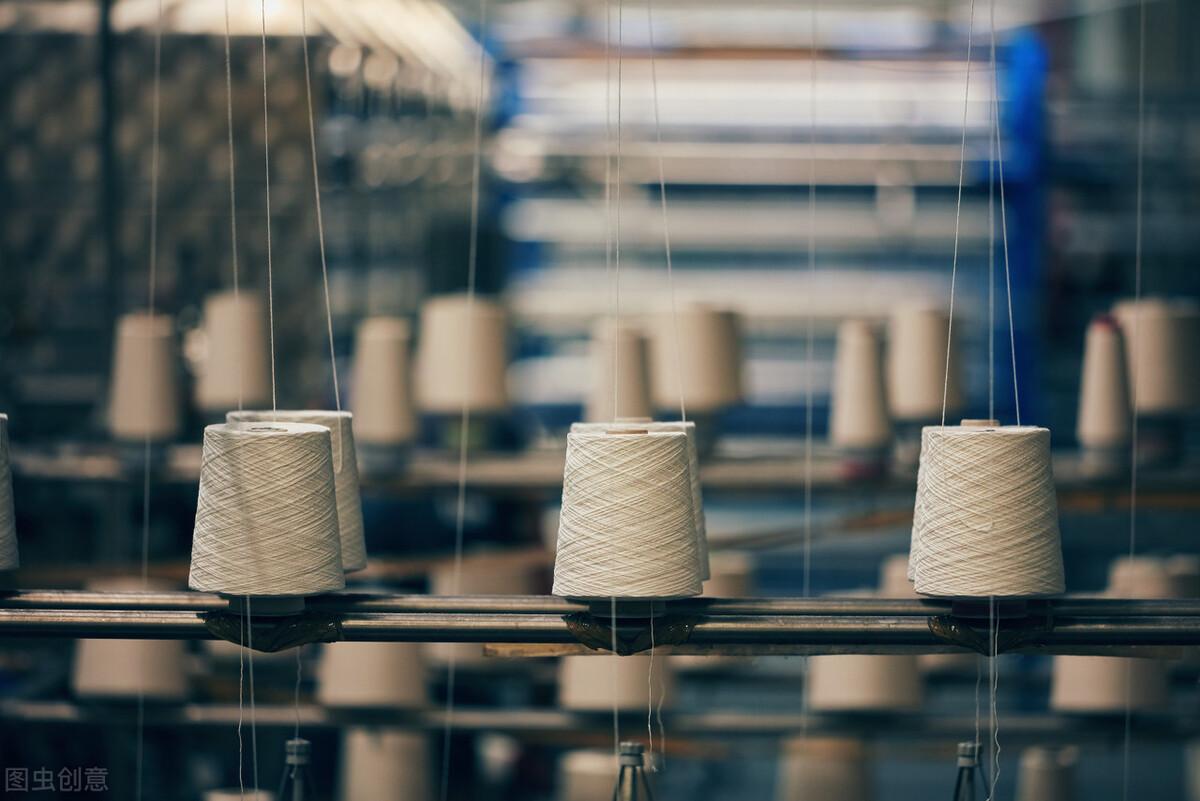
Textile materials have long been not limited to clothing and home use, but have expanded to three fields: clothing, home textiles, and industrial use. Textile materials include fibers, yarns, fabrics and their composites, that is, fibers and fiber aggregates. Textile materials can change the rigidity, flexibility, permeability, warmth, comfort and other properties of the material through the combination of fibers. At the same time, they can Give materials special functions. We all know that there are three elements of clothing: color, style and material. In layman’s terms, the textile material of clothing should be what everyone usually calls fabric.
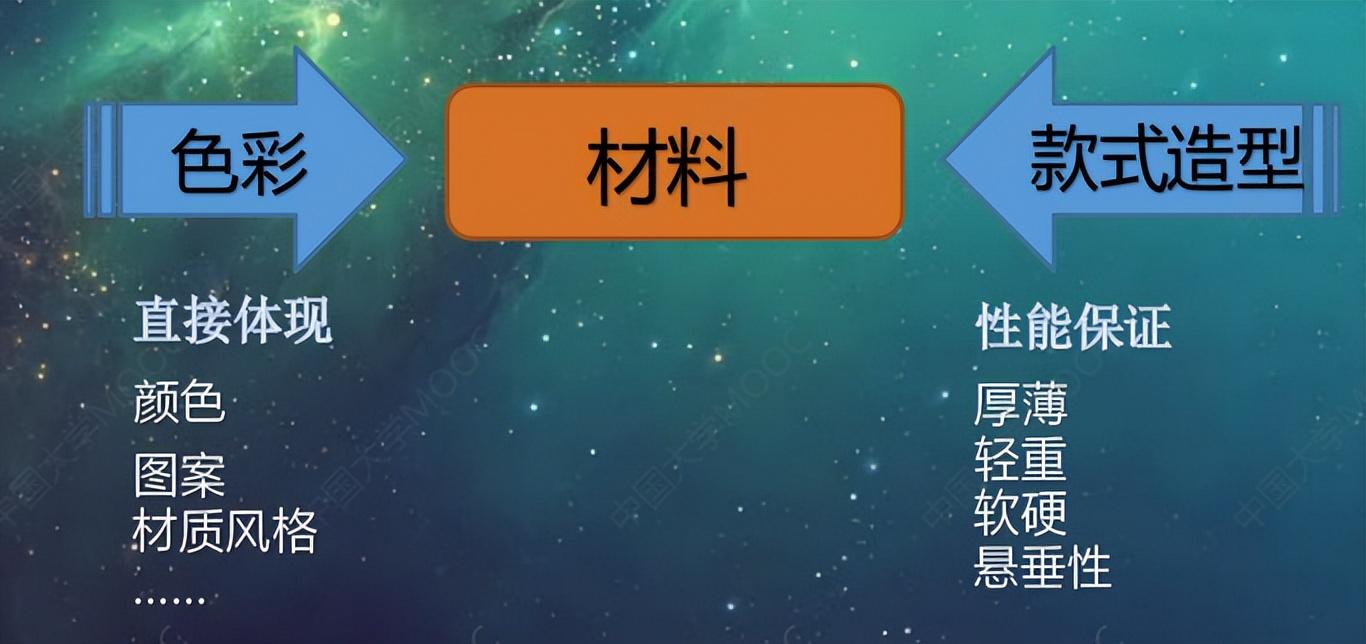
I have talked about clothing hangtag knowledge before. “When buying clothes, you should look at the safety technology category on the hangtag. Standard clothing hangtags should “What content does it contain?” In the ingredients column, there are various chemical materials. So, what are the clothing fabrics? What makes a “good” fabric? How to choose fabric? To know the answer, you first need to understand the following diagram of the materials that make up textile fabrics,
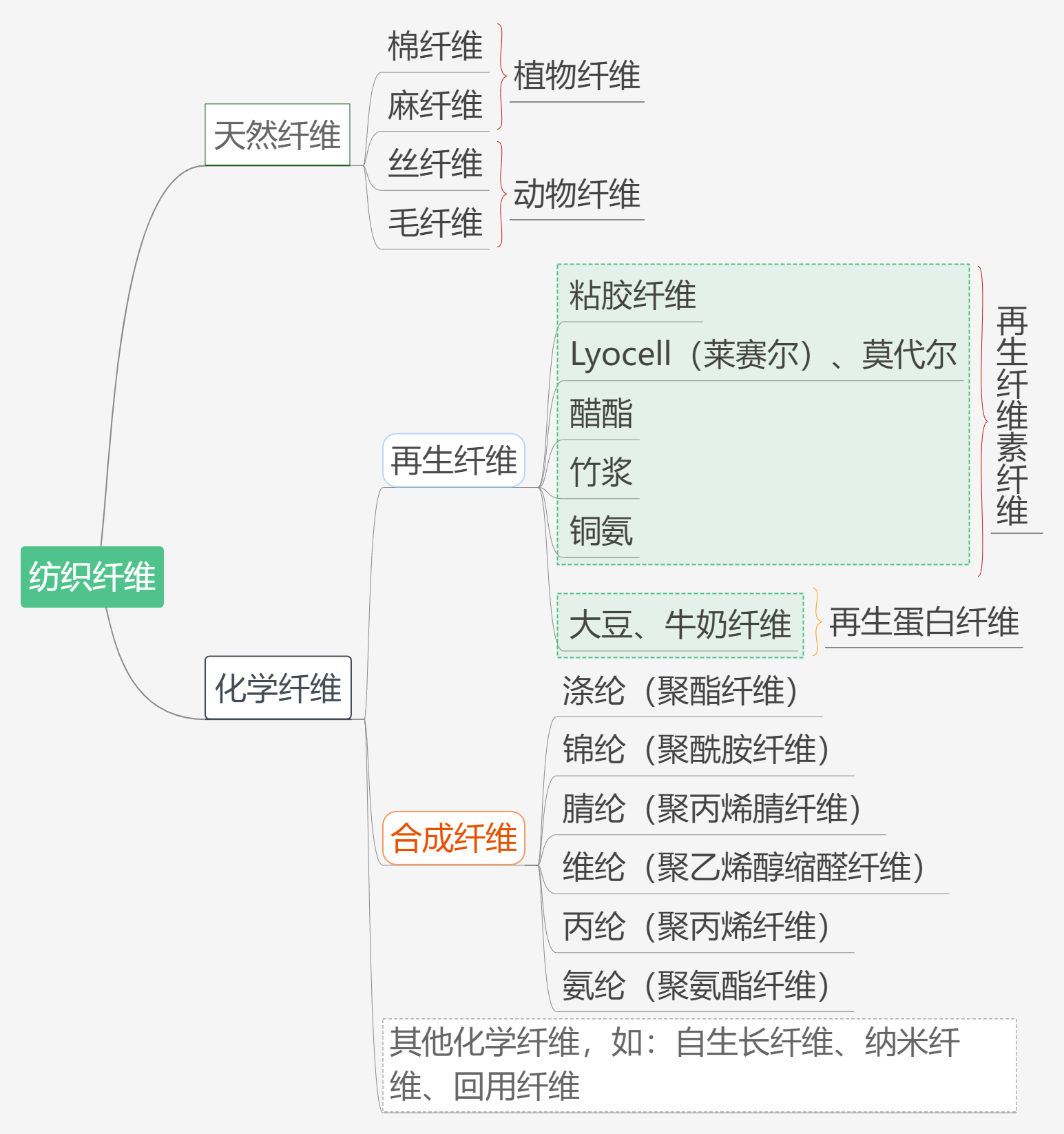
From the picture above It can be seen from the figure that textile fibers are divided into natural fibers and chemical fibers according to their sources and processing methods. Chemical fibers also include regenerated fibers, synthetic fibers and inorganic fibers. It should be noted that to describe a fiber, you can use its name or its code name
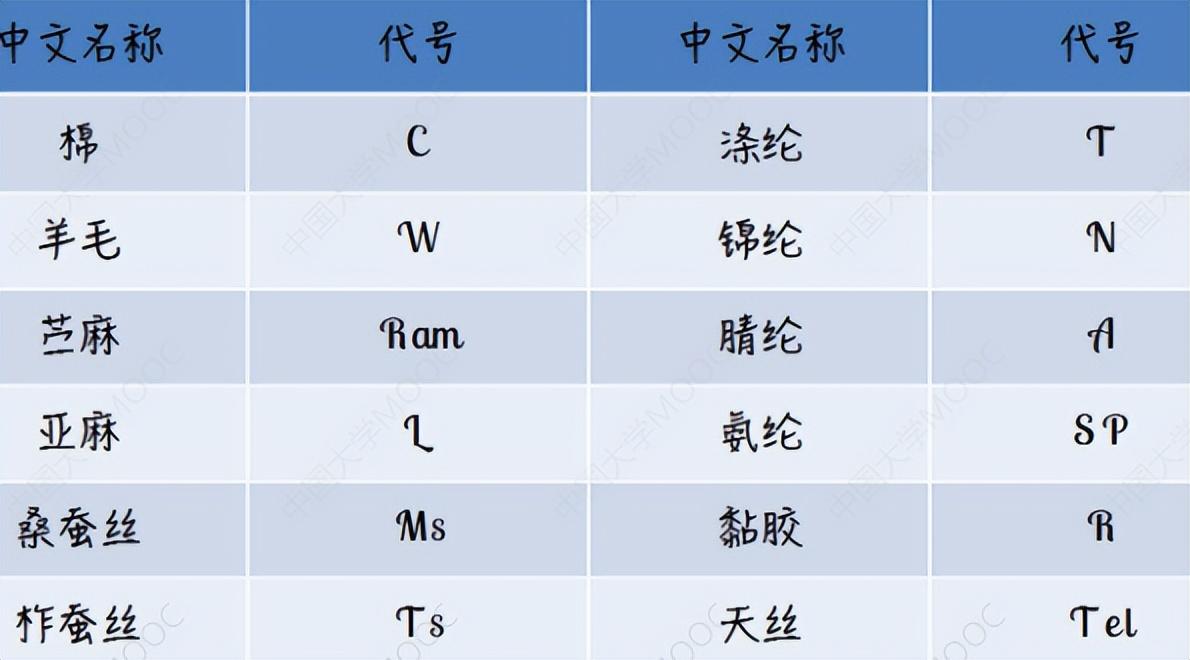
1. Natural fibers
Natural fibers can be further divided into plant fibers and animal fibers. Plant fibers come from the seeds, bast, and leaves of plants. , fruits, stems, etc., are respectively called seed fiber, bast fiber, leaf fiber, fruit fiber and stem fiber, etc.
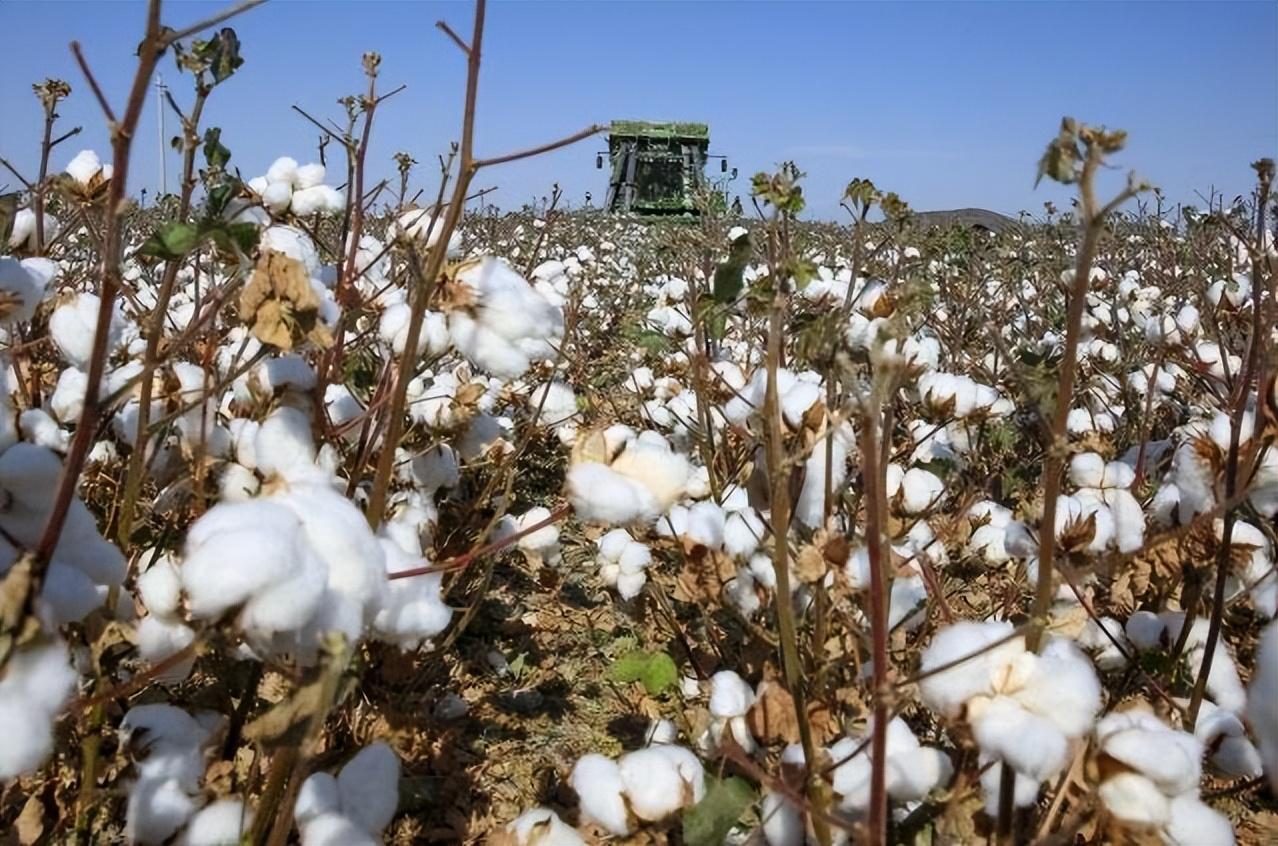
Common seed fibers are cotton fibers; bast fibers include ramie, flax, jute, mulberry, apocynum, etc.;

Leaf fibers include sisal, abaca, etc.; fruit fibers include kapok, horned melon fiber, coconut fiber, etc.; stem fibers include banana stems, lotus leaf stems, bamboo fibers, etc.
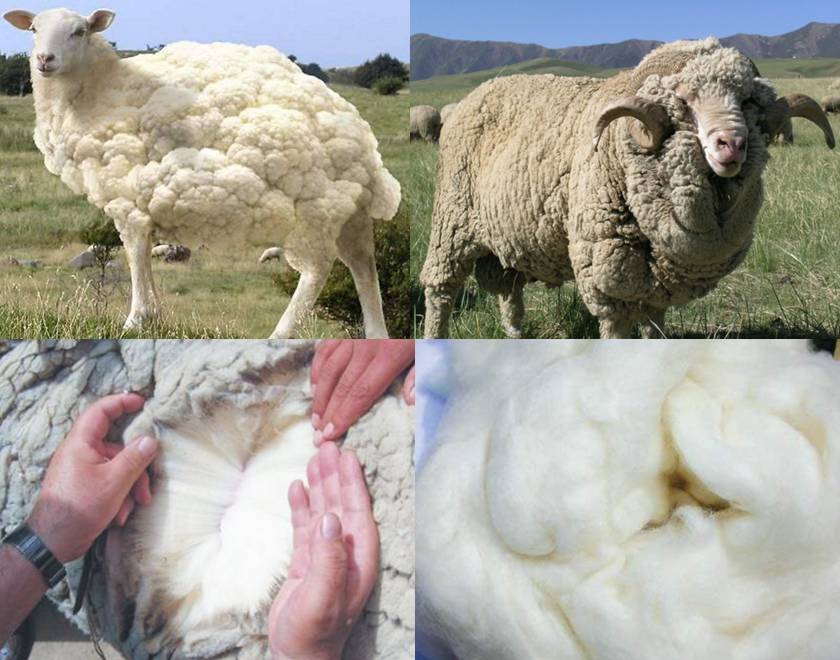
Animal fiber mainly comes from animal hair or secretions, such as: sheep wool, cashmere, goat hair, rabbit hair , yak hair, yak velvet, as well as mulberry silk, tussah silk, castor silk, spider silk, etc.
Second, chemical fiber
Chemical fiber is also called man-made fiber, or simply chemical fiber. This kind of fiber must be formed through chemical processing, that is, the raw materials are made into a viscous spinning liquid, and then spun into fibers. According to the raw materials used, it can be divided into two types: regenerated fiber (processed with natural raw materials) and synthetic fiber (processed with chemical substances).
2.1, Regenerated fiber,
Regenerated fiber is made from natural polymers as raw materials and processed The fiber has the same chemical composition as the raw material. Regenerated fibers mainly include viscose fiber, bamboo pulp fiber, Lyocell fiber, modal fiber, cupro, acetate fiber, etc. The chemical composition of these raw materials is the same as that of cotton and wool. It is just that the shape and size cannot be woven, so they need to be “regenerated”. The following is a schematic diagram of the wet spinning process of regenerated fiber. It can be seen that the safety of this type of material depends on the process.
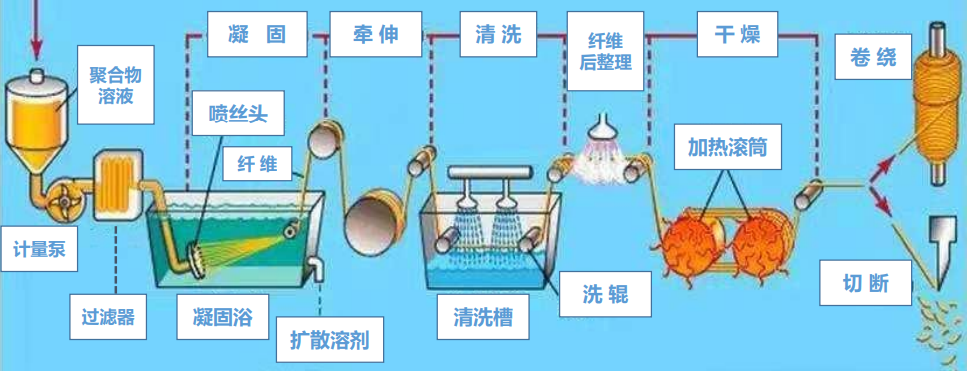
The regenerated fibers currently used are mainly regenerated cellulose fibers. For example, viscose fiber is a cellulose fiber. It uses natural fibers (wood fiber, cotton linters) as raw materials, undergoes alkalization, aging, sulfonation and other processes to make soluble cellulose xanthate, and then dissolves it in dilute alkali liquid to make viscose, which is processed by wet method Made by spinning. Use different raw materialsand spinning process, ordinary viscose fiber, high wet modulus viscose fiber and high strength viscose fiber can be obtained respectively.
2.2, synthetic fiber,
Synthesize inorganic small molecule raw materials such as petroleum, coal, and natural gas into macromolecular organic matter, and process the chemical fibers to form synthetic fibers. Commonly used synthetic fibers include polyester, acrylic, nylon, spandex, polypropylene, etc. As mentioned in the initial material classification chart, take polyester as an example. Polyester is the common name or trade name of this material, and “polyester fiber” in brackets is the real chemical name. See the picture below for more,
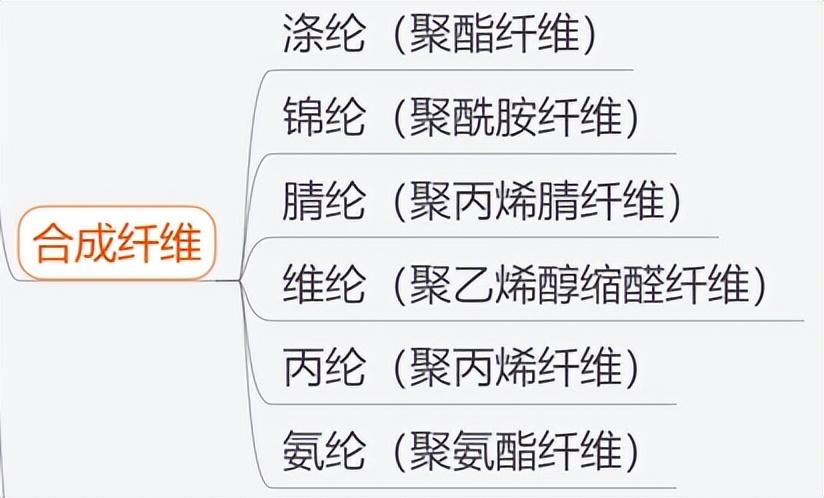
Polyester fiber melts, decomposes, and burns when heated, and has the phenomenon of melting and dripping, which is easy to Causes secondary harm. Currently, the most commonly used anti-drip modifications are mainly by adding anti-drip agents (such as polytetrafluoroethylene powder and melamine cyanurate), layered silicate to improve the combustion carbon layer structure, or by adding anti-drip agents (such as polytetrafluoroethylene powder and melamine cyanurate) The finishing method of fiber fabrics is used to achieve the purpose of modification,
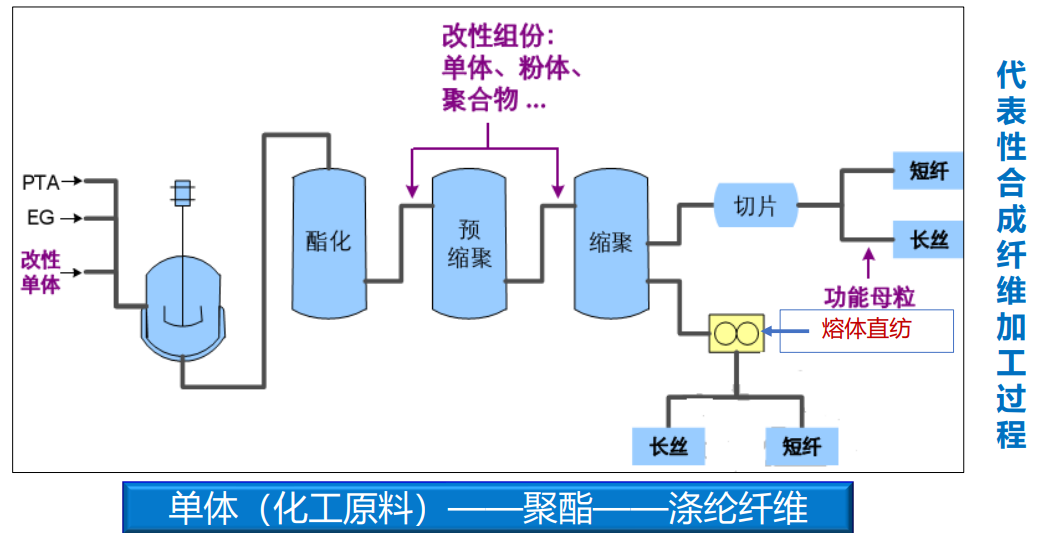
It should be noted that with the development of technology, Some new fiber categories have been introduced, such as: self-growing fibers, nanofibers, recycled fibers, etc.
The above mainly introduces the components of clothing The main material categories of fabrics, so which fabric is better? Are chemical fibers necessarily inferior to natural fibers? Why do many well-known brands and even luxury fabrics use chemical fiber ingredients? In fact, natural fibers and chemical fibers each have their own advantages and disadvantages. As long as they meet the standards, they are both good materials. Nowadays, more and more people are using blending, which combines the advantages of different fibers and uses different combinations of textile material properties to improve the overall performance of the fabric. For example, cotton + spandex fiber is natural fiber + synthetic fiber. Cotton is breathable, while spandex adds elasticity and makes the garment more durable.
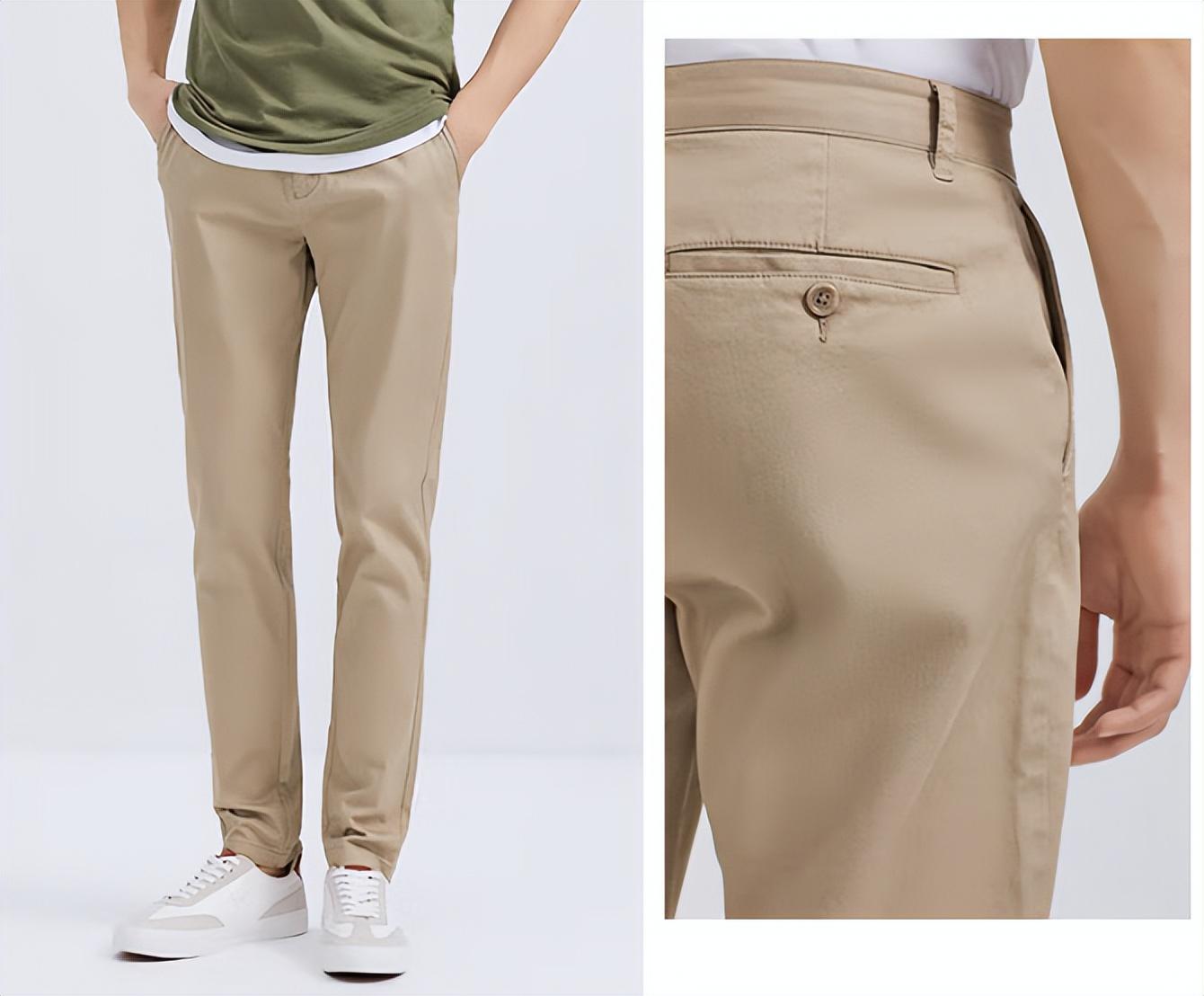
In order to enhance the texture, many fabrics may use polyester, such as making clothing look like linen fabric. Fiber + recycled fiber + 1.8% linen content, however, more blending is to improve the performance of the fabric.
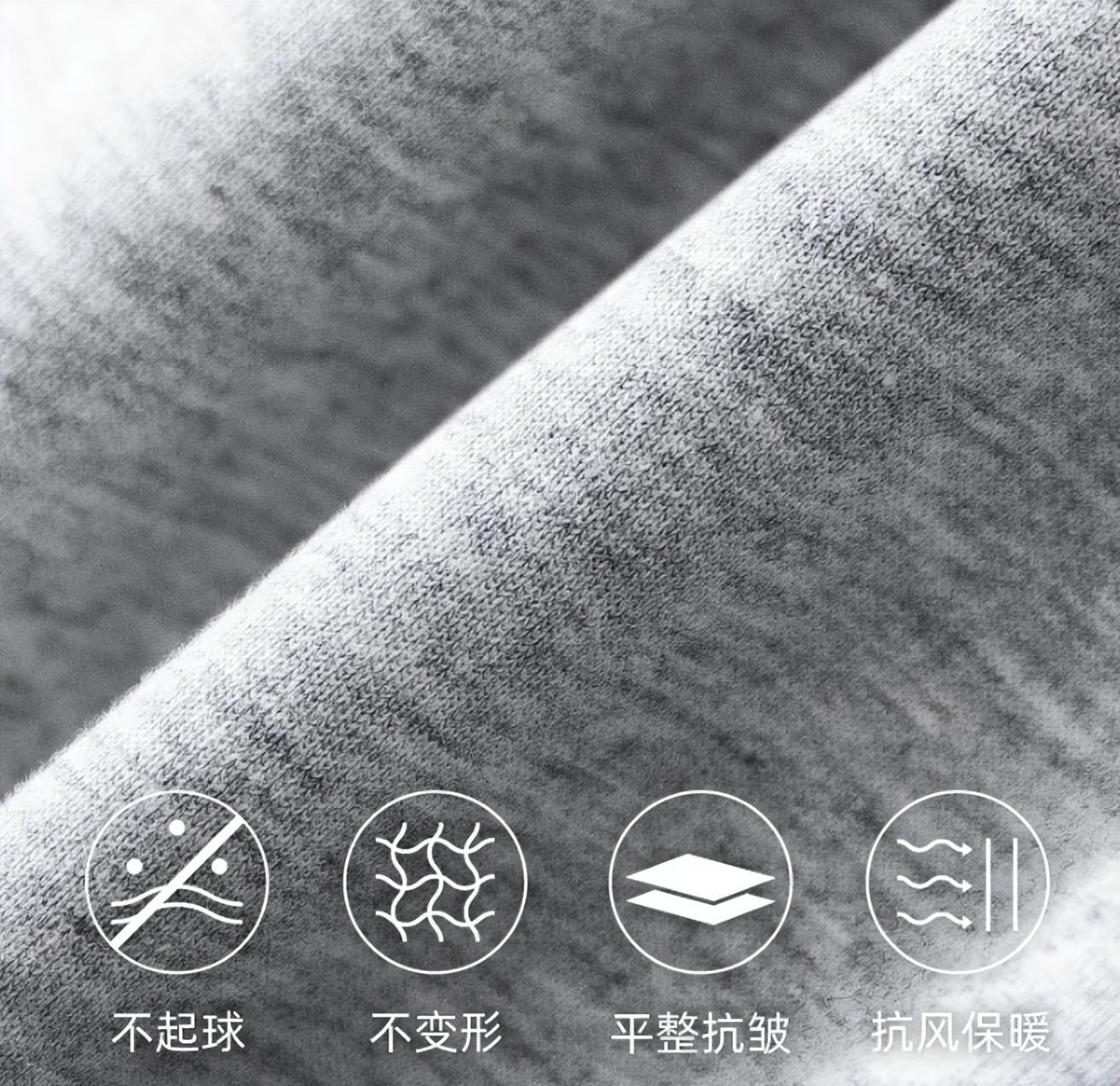
Today I will briefly talk about the categories of textile materials and the detailed characteristics of each material. I will slowly popularize the science one by one in the future. , Clothing materials refer to the materials that make up clothing, mainly including various fabrics, zippers, buttons, fillers, labels, etc. This article mainly talks about the constituent materials of fabrics,




